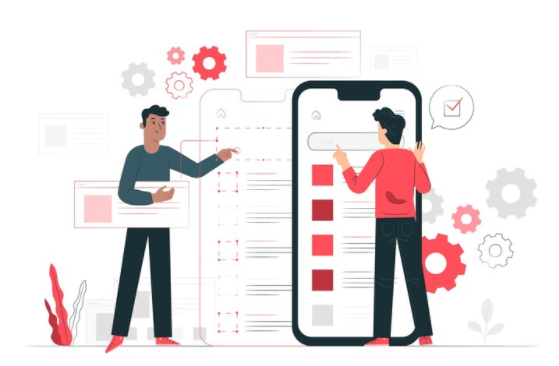
Agile and Model-Driven Development
Both model-driven and agile development methodologies have significantly increased software development efficiency and predictability. AMDD (Agile Model-Driven Development) is an attempt to combine the speed of agile development with the consistent quality of a model-driven product.
Despite the profusion of methods that claim to follow AMDD principles, a little academic study reveals the benefits and drawbacks of such an approach. The theoretical foundations of AMDD come first, followed by a review, classification, and comparison of existing AMDD techniques.
The findings show a considerable difference between the two processes, implying that AMDD principles are still in their infancy. Agile methodology is a time-limited, repetitive approach to software development that produces software progressively from the beginning rather than aiming to deliver it all at once near the end.
This definition is the most comprehensive, as it includes all of the key concepts for Agile. Iterative is the same as PMI Plan-do-check-act process of continuous improvement & creating software progressively rather than all at once near the end. It differs from the usual software development process, in which the scope or demand freezes before work begins. Extreme Programming and Scrum are two examples of Agile.
On the other hand, model-driven development is a software development process in which models represent the working software to be developed abstractly. The models help define and communicate the planned solution to a variety of stakeholders who may not be able to comprehend a similar representation on a software-based output.
It supports the model-oriented software development approach, which follows the waterfall or iterative process. For requirement elicitation, both Model-Driven Development and Agile development methodologies emphasize tight collaboration with multiple stakeholders.
On the other hand, Model-driven development is not as flexible as Agile methodology until the Agile-based Model-driven development comes into play. Due to numerous iterations and feedbacks, agile-based development leads to increased process and Q/C in mobile app development. It also allows stakeholders, rather than simply end-users, to be a part of the development process, which supports stakeholder accountability.
However, the major disadvantage of Agile methodology is that it demands frequent stakeholder involvement and continuous monitoring responses. It may not always be possible in situations where business teams from various departments are sometimes not in coordination, as opposed to Model-driven development, which involves stakeholders only during the design stage and not continuously. By separating the concept or model from software development, model-driven development (MDD) is advantageous in decreasing the risk associated with conventional programming methods.
Furthermore, in advanced MDD, when it is possible to create code from models automatically, the benefits are much more significant because there is minimum reliance on resources for conventional coding, allowing all of the attention towards the model requirements and design. The intricacy of testing or troubleshooting software at the model level is a fundamental restriction of MDD.
To test effectively, the models must adhere to several qualitative requirements. It is advisable to use Model-driven based development for projects involving SAP business process configurations. Iterative / Agile approaches have proven to be more helpful in project settings when the scope changes due to changes in the business environment.
Since there is no well-defined scope and the nature of the outputs demands continual involvement with stakeholders, Agile methodology is better than the conventional methodology. Changes are not made randomly without input from stakeholders; instead, the prototype is assessed by stakeholders regularly, and later, one can do revisions accordingly.
One key disadvantage of this strategy is that the project deliverable can always be dynamic if stakeholders do not perform the necessary thorough research before making any changes. Both the techniques come with pros and cons; hence one should adopt the methodology that suits your needs and requirements.


